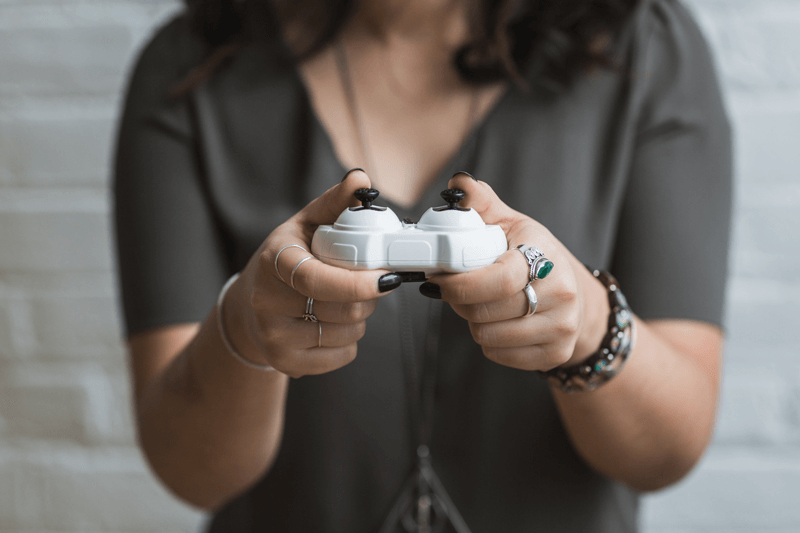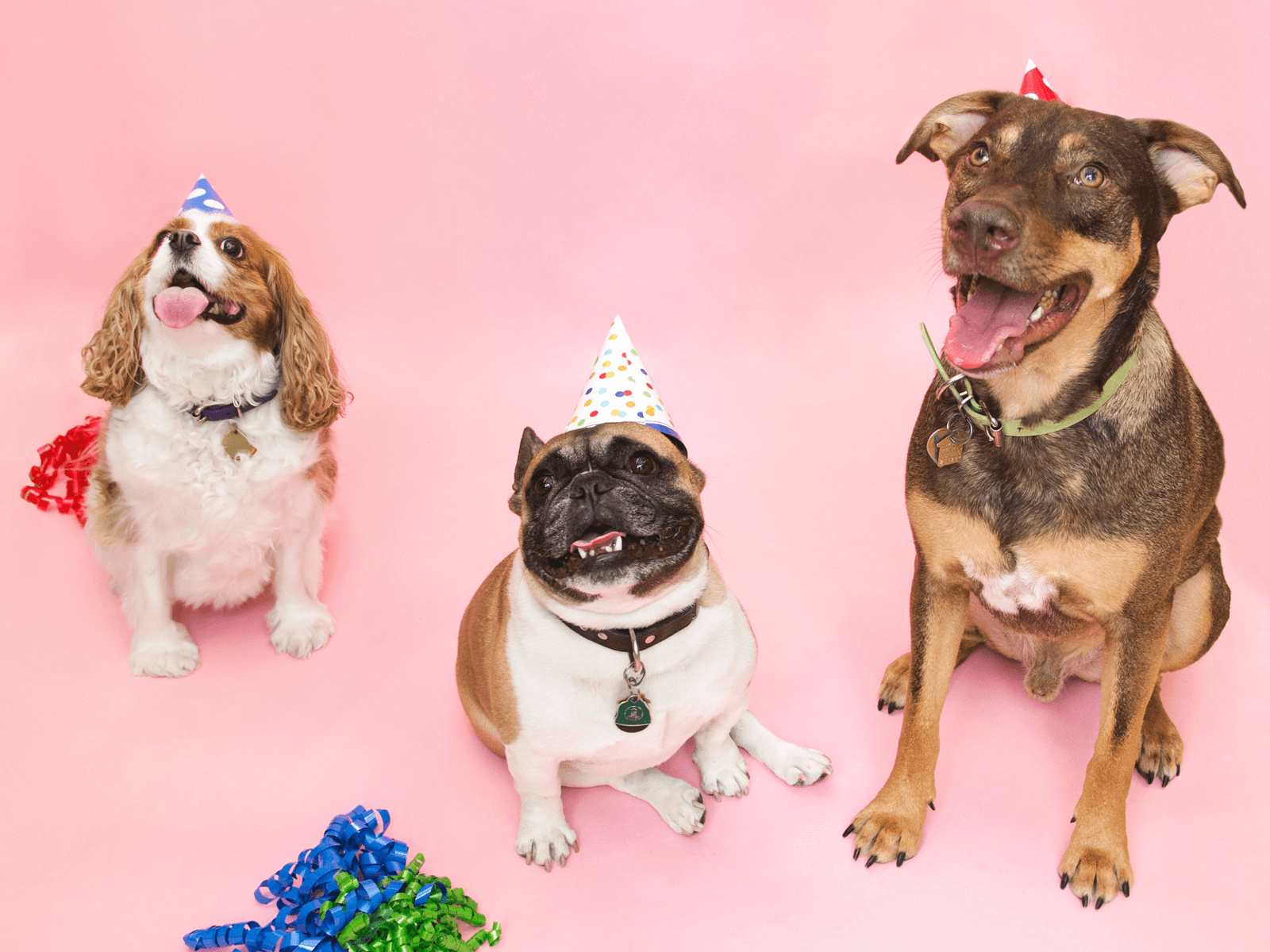VIP programs have become extremely popular with many of the world’s largest brands. Starbucks, Sephora, and Nordstrom have all built highly motivating, engaging customer experiences with multi-tiered reward programs that resonate with all kinds of customers. Whether they’re new to the brand or a lifelong customer, shoppers can’t wait to join and participate.
If you’ve read either of our posts on the popularity of referral and points programs, you won’t be surprised to learn that a VIP program’s success lies in psychology. There are three principles in particular that have a huge impact on a tiered VIP program’s success.
VIP Tiers Build a Sense of Belonging
Everyone likes to feel like they’re part of a popular group. This is one of the reasons sports are so popular. When you align yourself with others that share your values - like cheering for the same team - you start to feel like you’re part of something important.
By aligning themselves with others that share your brand’s values, VIP shoppers feel like part of an exclusive community built around common ideas. This fosters a genuine appreciation for your brand and strengthens each member’s emotional connection with your store. These relationships will run much deeper than simple purchase routines ever could, and are what will ultimately bring customers back time and time again.
Gamification Fosters a Sense of Achievement
Gamification is a proven way to motivate customers to continue engaging with your brand. Playing up basic game mechanics like progress bars and unlocking achievements amplify your customer experience by rewarding ongoing engagement. This creates a strong motivator that customers want to continue engaging with, moving them through each of your program’s VIP tiers and increasing your program’s participation rates.
Another way to think about gamification is through the lens of the “Mary Poppins Principle.” In the classic scene from the beloved film, Mary Poppins encourages the children to take their medicine by assuring them that everything’s more fun when it’s a game. This is the same concept that keeps customers happy with a gamified program: VIP tiers make repeating certain purchase patterns more valuable, prompting customers to return to your store so that they can experience them over and over.
VIP Tiers Create Valuable Status Through Social Comparison Theory
People always want what’s rare and exclusive, especially when it’s tied to our social status. According to Social Comparison Theory, we evaluate our opinions of ourselves based on how we compare to others. As a result, being placed in the highest tier of a VIP program is very appealing and highly motivating.
Positioning ourselves above our peers gives us a sense of accomplishment that we can’t get anywhere else, especially when that position is so uncommon. Considering that most VIP programs only admit around 5% of customers into the highest status, this becomes increasingly valuable to loyal customers.
Additionally, customers will do whatever it takes to retain this social lead over their peers in an effort to maintain a consistent image of themselves. In this way, customers will not only be motivated to reach the upper threshold but to maintain it as well, boosting program engagement rates.
How to Leverage Psychology to Improve a VIP Program
Understanding how psychology impacts your VIP program is only half the battle. Putting it into practice is what really has the power to amplify your rewards experience!
Try putting these tips (and the others in our expert’s guide to VIP program strategy) to the test in your own VIP program and watch your engagement improve!
Name Your Program Appropriately
What you choose to name your program can have a significant influence on a customer’s desire to join. The same goes for your tier and currency names. Customers pay attention to these types of details and want to be treated to a truly VIP experience.
Since status is the main motivator for joining a tiered program generic names like “loyalty program” or “rewards club” are not going to work. These names don’t foster ideas of exclusivity, and as a result distance your VIP program from ideas of being status-driven. Instead, use words that inspire the emotions you’d like your customers to feel as part of your VIP program. Your program, tiers, and currency names should be related to your brand and the products you sell in order to build up the community you’re trying to create.
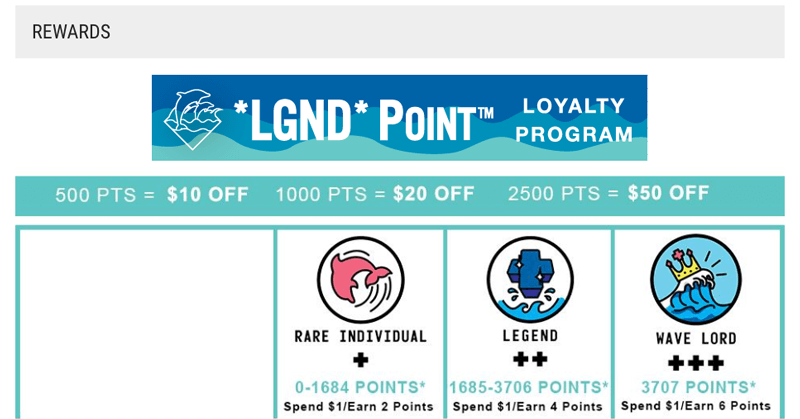
Pink Dolphin has done each of these things beautifully with their *LGND* Points VIP program. As a streetwear brand, Pink Dolphin understands that their customers want to stand out and be noticed. As a result, they begin their member journey as a Rare Individual, in the hopes of progressing to Legend and finally Wave Lord. These names get excessively more prestigious sounding, and are complemented by icons that get progressively more detailed and colourful to pump up the program’s luxury and prestige.
Make Status Visible
Since we know customers want to earn more than their peers, you need to make the additional perks and benefits of each VIP tier highly visible and easy to understand.
A well-designed explainer page is crucial to this. Building a page with a clear tier benefits table that outlines what customers unlock as they move through your program can make all the difference between a customer understanding why they should join and why they need to join. Since tables are both easy to read and highly visual, customers can easily see that they’ll earn more if they reach the highest level.
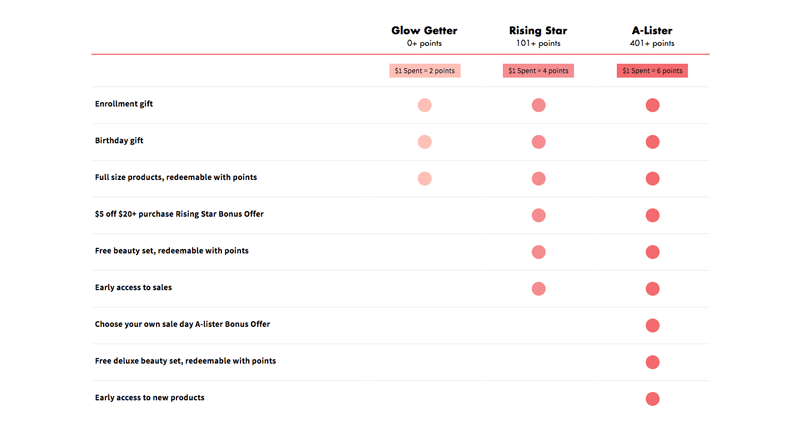
e.l.f. executes this strategy beautifully with their Beauty Squad explainer page. On a plain background, colored dots indicate how many more benefits each tier gets as you move your eyes from left to right. They’ve even used darker shades of pink to draw attention to the best level of benefits, making the value of their A-lister tier exceptionally clear.
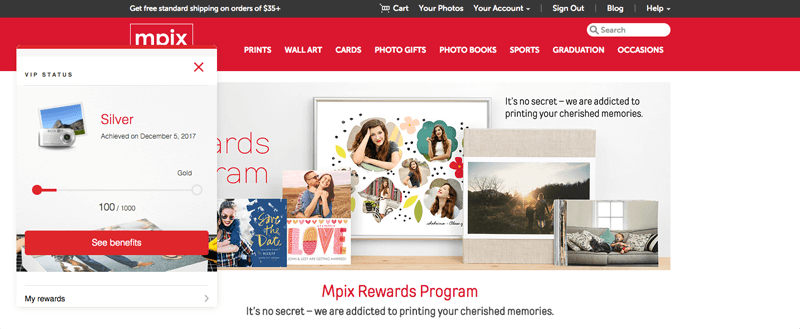
Your program’s customer panel is also an easy way to put this information in front of customers. By playing up psychological triggers found in simple points programs, you can influence each of your customers to work harder to reach the next tier by showing them how close they are to reaching it. This way, customers can easily see where they stand while also staying motivated to continue participating in your program.
Reward Customers with VIP Experiences
When it comes to your VIP program’s rewards, offering only transactional rewards simply isn’t going to cut it. While they’re a great idea for supplementing the value your program has to offer, they’re much too commonplace to be the only benefit your VIP customers can earn. Status-driven shoppers are looking for rewards that publicly acknowledge their commitment to your brand, and coupons don’t properly recognize this type of commitment.
Events and exclusive products are a much more luxurious (and appropriate) way to reward your best customers. Not only do these rewards strengthen their relationship with your brand, but it also heightens your brand’s value at the same time. After all, they can’t get these rewards anywhere else!
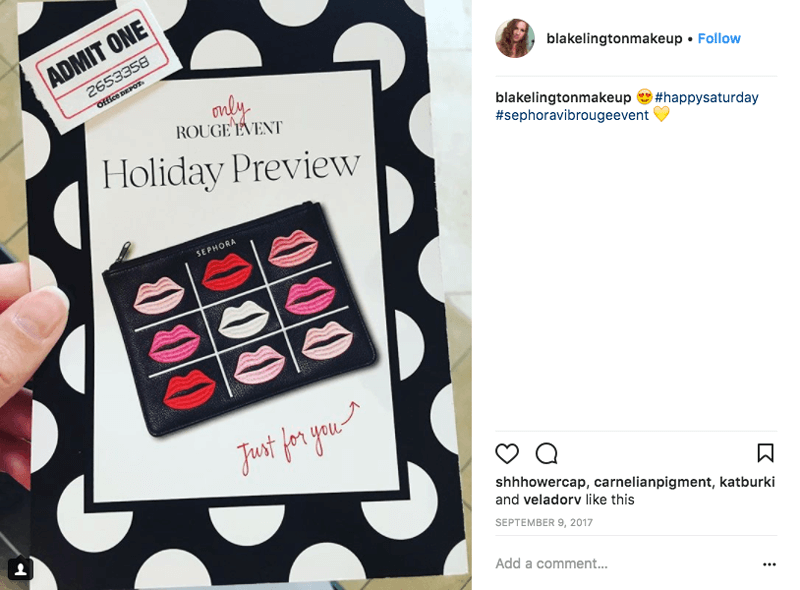
Sephora and Nordstrom are long-standing experts at this. With VIP-only access to annual special events like parties and product launches, they reward their most loyal customers with perks that keep them engaged and publicly recognize them for their business. These brands clearly understand that for VIP shoppers, value and status are the keys to truly motivating their customers.
Well, that and giving them something to put on Instagram.



